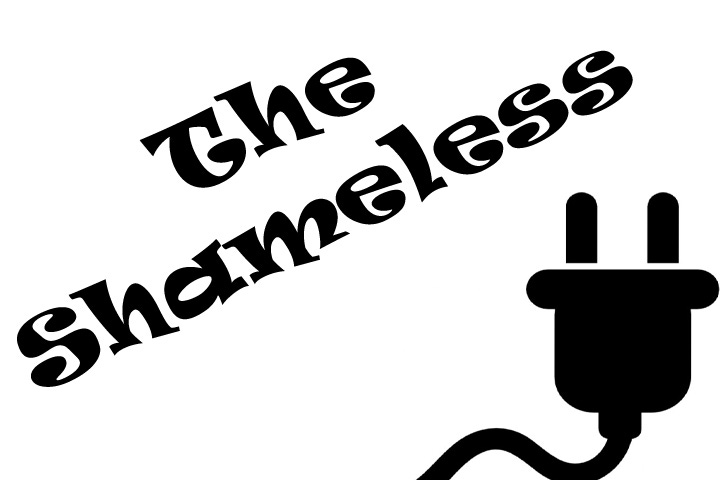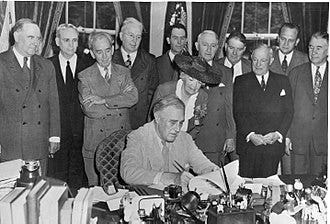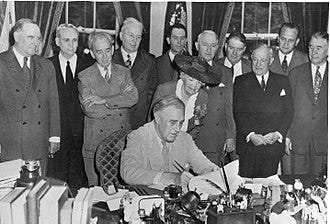The History of the G.I. Bill
Taxpayers began subsidizing higher education in 1945 even if they did not receive benefits
Issue #137 Education September 14, 2022
No ads or annoying popups ever! So instead, please see the important information at the bottom of this post. Please keep those “Likes” and comments coming! Thanks!
President Joe Biden, fulfilling a campaign promise, recently signed an Executive Order for student debt relief that called for 1) targeted debt relief with debt cancellation of $20,000 for Pell Grant recipients or $10,000 for non-Pell Grant recipients, 2) cutting monthly payments in half for undergraduate loans, and 3) reducing the overall cost of college and holding schools accountable for future price hikes.
Loan payments had been put on hold since the beginning of the pandemic, but will re-start for those with a remaining balance in January 2023. About 22 million people will have their entire remaining debt eliminated.
The debt relief, which must be applied for by October 31, provides relief for those borrowers making less than $125,000/year, with the majority of the 43 million people benefitting from this plan making less than $75,000 per year.
Of course, many people complained by saying that 1) they paid off their loans, so everyone else should too, 2) hardworking taxpayers with no college degree will be paying for this relief for lazy, “woke” students who take classes like “Lesbian Dance Theory,” and 3) middle-class people are paying for the degrees of rich, Harvard-education doctors and lawyers.
Of course, 1) because you suffered, others should suffer too, 2) people with college degrees are also hardworking and pay taxes, and 3) the income cutoff is $125,000, so if “Harvard-educated” doctors and lawyers aren’t making at least $125,000, that’s another problem.
The United States government, using taxpayer funds, subsidized higher education costs from 1945 through 1981
After World War I, returning veterans had a very hard time getting jobs and making ends meet, even with the meager government programs in place at the time.
Congress passed the Bonus Act of 1924, which promised WWI veterans a bonus based on the number of days served, but the payout wasn’t scheduled to arrive until 1945.
When 20,000 frustrated veterans staged a “Bonus March” on Washington, D.C. in 1932, President Herbert Hoover responded by sending Army soldiers to get the marchers out of D.C.
A draft of a bill that would extend and expand benefits to all male and female veterans regardless of income or time served went to Congress in January 1944. After strong debates in both houses of Congress, President Franklin Roosevelt signed the G.I. bill into law on June 22, 1944.
Officially named the Servicemen’s Readjustment Act of 1944, the G.I. Bill established hospitals, made low-interest mortgages available, and granted stipends covering tuition and expenses for veterans attending college or trade schools. From 1944 through 1949, nearly 9 million veterans received almost $4 billion from the G.I. Bill’s unemployment compensation program.
In 1947, almost 49% of college admissions were veterans. The G.I. Bill provided guaranteed loans for veterans who borrowed money to purchase a home, a business, or a farm.
By 1956, almost 10 million veterans had received G.I. Bill benefits.
In 1962, the Readjustment Benefits Act of 1966 extended the G.I. Bill’s benefits to all armed forces veterans, including those who served in peacetime.
All U.S. taxpayers paid for these programs, including those who were not veterans and could not receive those benefits.
Discrimination with the G.I. Bill
In the 1940s, 1950s, and the early 1960s, “Jim Crow” laws were still in effect and there was rampant racial and gender discrimination present with the distribution of the G.I. Bill benefits.
African Americans and women struggled to receive college and trade school loans. Even if loans were approved, the choices for colleges were severely restricted for African Americans and for women.
Local banks in the South and in the North refused to lend money to African Americans buying a home, even with the government backing the loan.
Many cities and especially the newly-built suburbs had restrictive and discriminatory housing covenants that barred Black people from buying homes in their all-white neighborhoods.
It wasn’t until the 1970s that laws and policies changed to allow the admittance of more women to colleges and struck down discriminatory loan programs of banks toward African Americans and women.
College Expenses and Government Programs since 1980
The amount of Federal financial support for a college education has declined significantly since 1980 while the cost has risen significantly. In 1970, the average in-state tuition and fees for one year at a public non-profit university were $394. By 2020, those same costs rose to $10,560 - an increase of 2,580%.
Additionally, in 1970, someone could work at a job paying the then-minimum wage of $1.60/hour and earn enough during the 12-week summer break to pay for a full year of tuition, books, and housing. In 2020, students working at a minimum wage job earning about $7.25/hour during the summer would earn enough to cover less than a 1/2 year of tuition only.
The amount of Federal spending on major higher education programs has been reduced to only 2% of the Federal budget and caused many students to turn to loans, many of which charge predatory interest rates, to finance their college or trade school educations.
In 2005, a law was passed that forbade adding student loan debt to a bankruptcy filing. Student loan forgiveness was the only way for students of all ages to get relief and support from the Federal government.
In August 2022, the White House published a fact sheet justifying the Student Loan Relief Executive Order. Some of the major points of the fact sheet:
Since 1980, the total cost for four-year public and four-year private colleges has nearly tripled, even after accounting for inflation.
Federal support has not kept up: Pell Grants once covered nearly 80 percent of the cost of a four-year public college degree for students from working families, but now only cover a third.
That has left many students from low- and middle-income families with no choice but to borrow if they want to get a degree.
According to a Department of Education analysis, the typical undergraduate student with loans now graduates with nearly $25,000 in debt.
Many of these students could not complete their degrees because the cost of attendance was too high.
About 16% of borrowers are in default – including nearly a third of senior citizens with student debt.
From 1945 through about 1980, the Federal government subsidized college and trade school education through the G.I. Bill and other government programs because it was believed that a highly educated population was considered an overall social good.
Since the 1980s, the political shift changed so that more government programs gave tax breaks to the wealthy while programs to help the lower and middle classes were greatly reduced.
Did you or anyone you know receive benefits through the G.I. or similar federal higher education programs? Let us know in the comments!
Help us to grow!
“We Are Speaking” is a reader-supported publication. To receive new posts and podcast episodes and to support our work, consider becoming a free or paid subscriber. We publish 7 days/week and 28+ issues/month. You. can upgrade your free subscription to the paid level. It costs monthly and annual paid subscribers less than 35¢ an issue. Thank you!

Thank you for checking out some of the books and businesses of the TeamOwens313 Global Creative Community:
Detroit Stories Quarterly (DSQ) Afro-futurism Magazine
The Mayonnaise Murders: a fantasy mystery novel by Keith A. Owens
The Global Creative Community Membership Site: Networking and Monthly/Weekly Topics for Independent Writers and Creative and Solo Professionals
The Global Creative Community Brand and Marketing Academy: Training and Group Coaching for Independent Writers and Creative and Solo Professionals
Pam’s Branding and Marketing Articles for Independent Writers and Creative and Solo Professionals on LinkedIn
“We Are Speaking” is a reader-supported publication. To receive new posts and podcast episodes and to support our work, consider becoming a free or paid subscriber.




